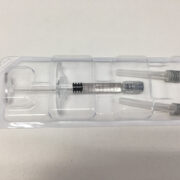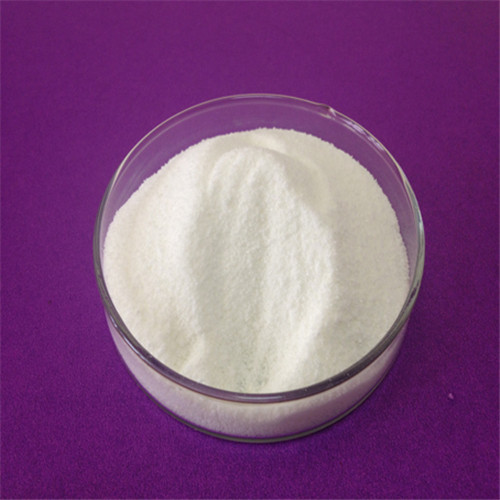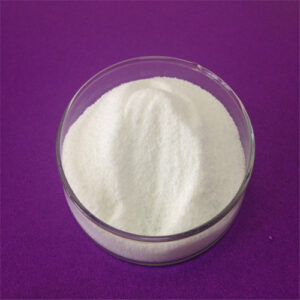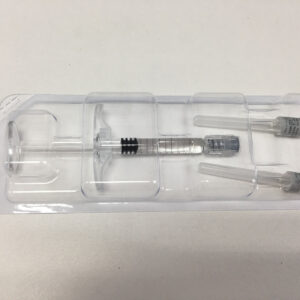Carnosine CAS 56353-15-2 Cosmetics Peptides Anti-Oxidation
1.Itprotects epithelial cell membranes in the stomach and restores them to their normal metabolism;
2.It acts as an antioxidant and protects the stomach from alcohol and smoking-induced damage;
3 It has anti-inflammatory properties and moderates production of interleukin-8;
4.It adheres to ulcerations, acts as a barrier between them and stomach acids and helps to heal them;
- Description
- Inquiry
Product Description
Carnosine (beta-alanyl-L-histidine), featuring the characteristic imidazole-ring, is a dipeptide molecule, made up of the amino acids beta-alanine and histidine. It is highly concentrated in muscle and brain tissues.
Carnosine and carnitine were discovered by Russian chemist Vladimir Gulevich. It has been proven to scavenge reactive oxygen species (ROS) as well as alpha-beta unsaturated aldehydes formed from peroxidation of cell membrane fatty acids during oxidative stress. It also buffers pH in muscle cells, and acts as a neurotransmitter in the brain. It is also a zwitterion, a neutral molecule with a positive and negative end.[citation needed]
Like carnitine, carnosine is composed of the root word carn, meaning “flesh”, alluding to its prevalence in animal protein.A vegetarian (especially vegan) diet provides less carnosine, compared to levels found in a diet including meat.
Carnosine can chelate divalent metal ions.
Carnosine can increase the Hayflick limit in human fibroblasts,as well as appearing to reduce the telomere shortening rate. It is also considered as a geroprotector.






